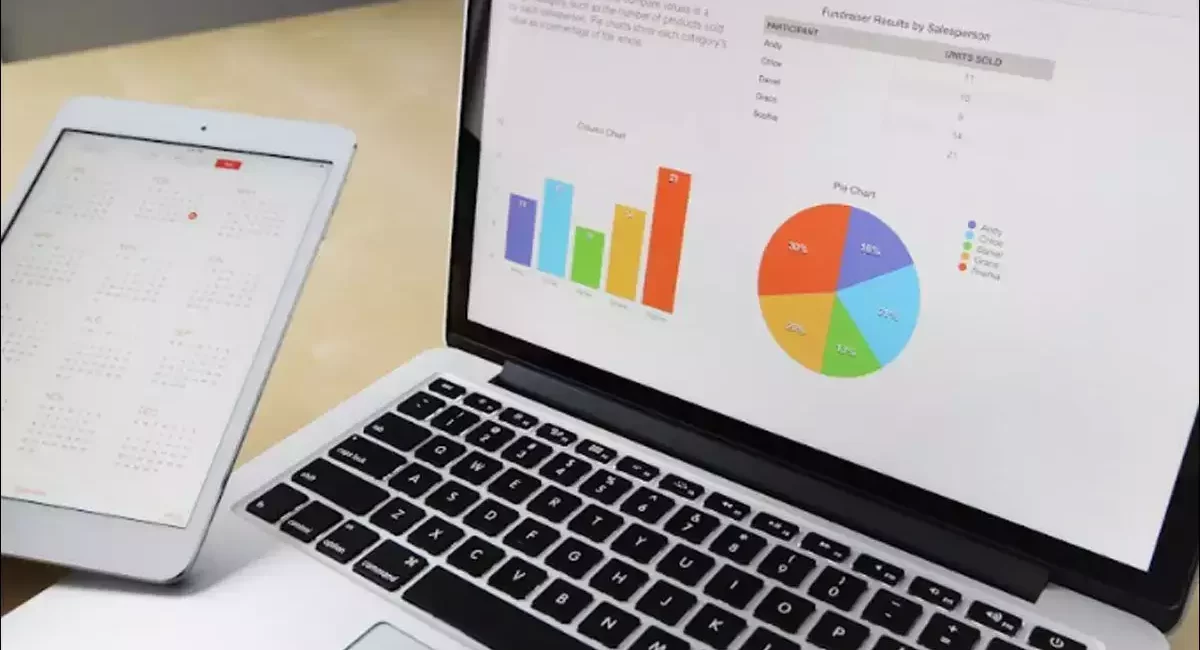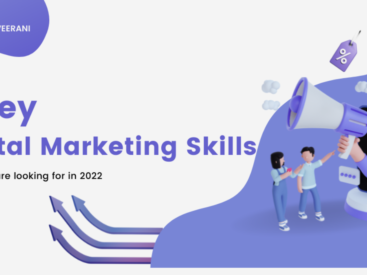Digital marketing encompasses various electronic marketing methods, utilizing computer and internet-based operations, to reach customers. It enables corporations to utilize websites, search engines, blogs, social media, video, email, and other platforms for marketing purposes.
Digital marketing is a dynamic and ever-evolving process that allows for interactive communication between companies and their current or potential clients. The success of each digital marketing tool is determined by its ability to convert prospects into clients. A company’s digital marketing plan may involve multiple channels or focus on a specific platform.
The COVID-19 pandemic has forced many businesses to shut down, but digitization and digital marketing have played a crucial role in helping businesses survive and rebuild. Digital marketing has gained significant attention in recent years due to its highly effective and cost-efficient tactics for selling products and services.

Whether you are a student, employee, employer, or entrepreneur, if you want to benefit from digital marketing, upskilling yourself is essential. The digital marketing strategies we envision may not always effectively resonate with our target market. It is common to repeat unsuccessful methods in the hopes of achieving success. However, what we truly need is a well-defined digital marketing strategy to help us build our business. Here are some tips to guide you in the right direction:
1) Enhance the quality of your website and mobile sites: Evaluate every channel through which your target audience can access information. Since visitors may view your website or app on different devices, ensure that your content is viewable on all screen sizes, allowing visitors to interact with all interactive elements. Optimize your website for both PCs and mobile devices, ensuring a basic and responsive design, with larger links to accommodate finger clicks.
2) Maintain a comprehensive blog cataloging your activities: Your company’s blog serves as an official account of your actions. It is a web page where you regularly publish content. To drive traffic to your company website, ensure that the blog consolidates all necessary information, including services or products offered, location, sales, and more. A blog helps establish credibility and trust among customers who want to know the entity they are dealing with. By providing valuable advice and essential information, you can position yourself as an expert, instilling confidence in customers regarding your product or service.

3) Actively engage on social media platforms: Neglecting social media marketing means missing out on valuable opportunities to spread the word about your business or products. Social media platforms can drive new visitors, increase customer interaction, improve conversion rates, and foster customer retention, encouraging existing customers to make repeat purchases. Leveraging popular memes with clever captions can enhance audience engagement, demonstrating your up-to-date awareness of current events and understanding of your market and customers.
4) Allocate resources to online marketing: In today’s digital era, businesses have the opportunity to reach potential clients on a global scale through the Internet. Once your website and social media profiles are set up, you can employ targeted online advertising to drive traffic to your site. Services like Google Ads and Facebook Ads allow you to set up retargeting campaigns, specifically targeting potential clients who have previously visited your website. It is also important to consider mobile advertising to reach your target audience when they are away from their computers.
5) Implement email marketing campaigns: If you’re starting a business, it is crucial to start building an email list from the beginning. Regularly send updates about your business, including information on new products, deals, and offers, to keep your clients engaged. Consider setting up automated responses to thank customers for subscribing or making a purchase, and send “welcome” emails to show appreciation. Additionally, sending abandoned cart recovery emails can lead to increased sales. However, ensure that you are not spamming your customers with irrelevant content.
6) Personalize your content based on buyers’ purchase history: Potential buyers go through various stages before making a purchase: awareness, consideration, and decision. Each stage requires different types of information. Understanding the buyer’s journey is vital in providing customers with the appropriate content at each stage. There are comprehensive analytical tools available that allow you to track visitors’ actions on your website, including the time spent on each page, pages viewed, and exit pages. Google Analytics, for example, provides insights on bounce rate, session duration, and pages per session. Utilize this information to direct customers to relevant content that meets their needs and corresponds to their stage in the buyer’s journey.

7) Emphasize creativity and incorporate visual elements: A visually appealing design is essential in effectively promoting your offerings. Whether you are developing a website, advertisement, or infographic, having strong design skills is crucial as people are more likely to engage with visually appealing content. There are various tools available to assist in creating impressive designs and short videos. Consider incorporating a background video on your website, as it can be beneficial for your business. Even if you’re on a budget, a smartphone, microphone, and natural lighting can help you create professional-looking videos. Remember to include descriptive subtitles in videos to accommodate viewers who may have sound disabled or are hearing-impaired.
By investing in online marketing, businesses can effectively promote their products or services, reach a wider audience, and increase brand awareness. Implementing a cohesive digital marketing strategy is crucial for staying competitive in today’s digital marketplace.



